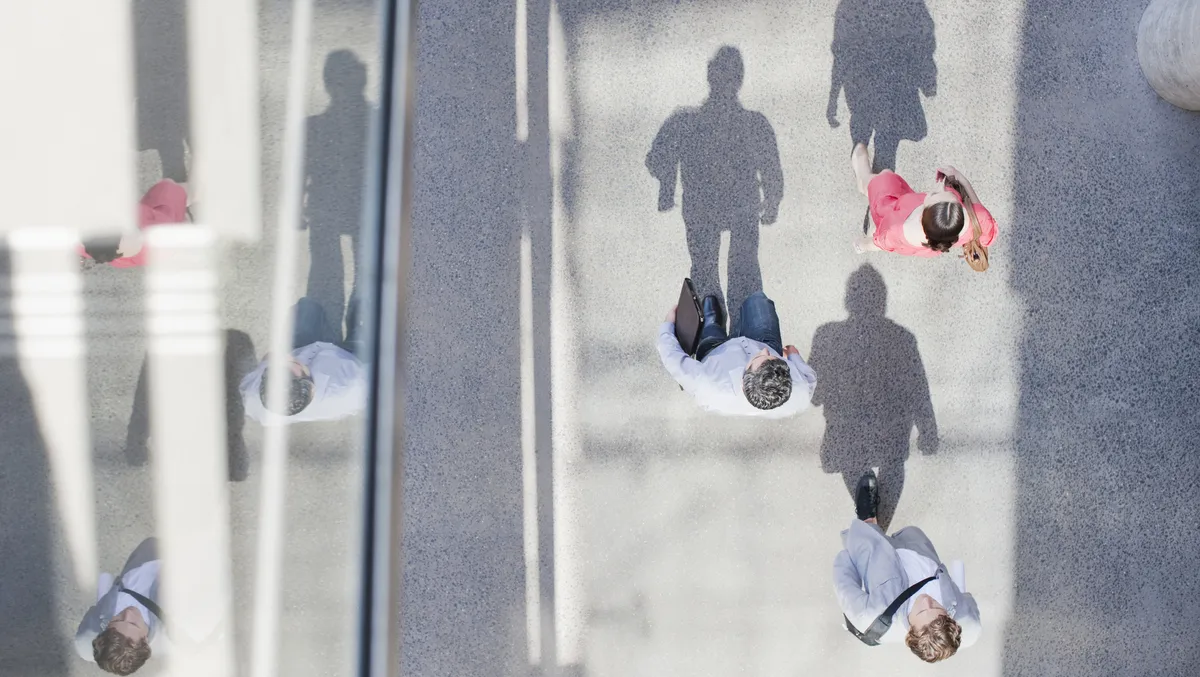
Labour shortages are continuing to ease in Australia
Labour shortages are continuing to ease in Australia, according to the latest Sidekicker Jobs Index.
The Sidekicker Jobs Index analyses data from more than 27,000 workers (known as Sidekicks) across 7,000+ businesses from several sectors in Australia.
The Index found that industries such as Hospitality and Events, and Aged Care, which suffered immense labour shortages in mid-2022, are now experiencing the strongest easing in demand. Hospitality and Events and Aged Care also saw the biggest decline in shifts per customer, falling 44% Year on Year and 38% Year on Year, respectively.
The Warehousing and Logistics sector has seen much more modest swings both on a MoM and YoY basis. Overall the number of shifts per business has grown 17% YoY despite an erosion in consumer sentiment driven by rising inflation and the resulting increases in interest rates as the RBA try to pull back inflation. Whilst labour pressures in this sector have eased the YoY movements have been far less pronounced growing 26% YoY.
Customer Service, Administration & Office Support (White Collar) saw similar growth rates to Warehousing & logistics with the number of shifts per business growing 17% YoY and applications per shift growing 2% YoY.
The Sidekicker Index has seen the largest Year on Year growth in applications per shift in Western Australia (50%) and Queensland (76%).
Furthermore, the Index indicated a 17% Month on Month decline in the number of shifts per business in June, with Victoria (-40%) andWestern Australia (-47%) seeing the biggest fall Year on Year.
According to the index, companies are hiring fewer casuals than they were compared with June 2022, with the average business posting 9% less shifts year-on-year. April to July 2022 was the height of the jobs boom, driven by consumer demand, COVID-related absenteeism and the lack of international workers.
"With these factors now largely resolved, we expect to see a continued YoY decline in shifts per customer until around October 2023," says Thomas Amos, Chief Executive Officer and Co-founder of Sidekicker
"We have also seen a normalisation between Australia and New Zealand as both countries exited COVID lockdowns at different speeds," Amos says.
"New Zealand was slower to come out of lockdown and as such the shifts per business have been steadily trending upwards ," he says.
"Whereas Australia rushed out of lockdowns in early 2022 and saw an earlier rise in businesses needing more staff."
"In both markets we have seen a rapid increase in the number of international registrations with New Zealand international registrations growing 600% YoY and Australia's growing," Amos says.


